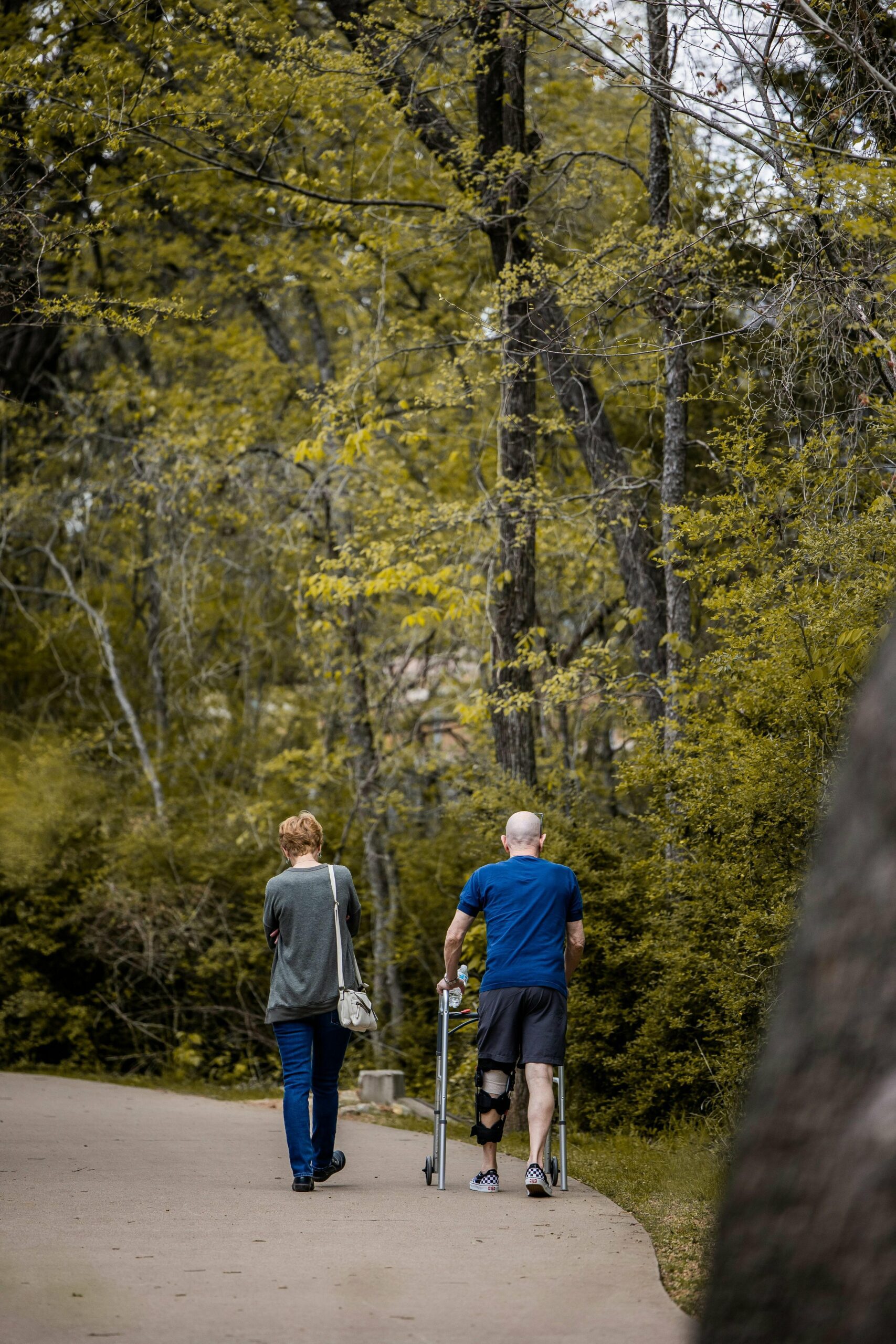Who created two categories? No one really knows. What we do know is that these two terms have become popular among psychotherapists and the general public. The public will commonly associate Big T trauma with something generally accepted as life-threatening — think: natural disasters, sexual and domestic violence, or terrible accidents. It could also mean war, murder, rape and natural disasters. Losing a loved one can also fall under the Big T umbrella. Sometimes, the response to a traumatic event continues long after the stressful event has ended. That’s when your mental health suffers, and the door is open to conditions like PTSD and anxiety disorders. On the flip side, Little T trauma is linked with events that, while not life-threatening, can cause significant emotional distress.
How does this happen? When something life-threatening or severely distressing happens, your body’s flight, fight or freeze response is activated. In that time, the amygdala in your brain is called on to react to the stressful situation, and protect you. Brains that are not able to switch back after a big event can remain in a stuck state and thus experience symptoms of PTSD, if not the full diagnosis, as it can be a consequence of Big T trauma.
On the flip side, Little T trauma is linked with events that, while not life-threatening, can cause significant emotional distress, especially when they happen repeatedly over time — think: suffering a breakup, experiencing public humiliation, breaking a leg, emotional neglect from a partner, getting bullied, being in a car accident, recovering from a car accident, or losing a beloved pet. While physical safety may not be in danger, the events that define Little T trauma are powerful enough to cause the same kind of trauma as Big T.
While differentiating traumatic events based on scale may not necessarily be a bad thing, the act of separating the two can create problems. How? When someone expressed they are going through a hard time and share something in the “Little T” trauma, your reaction may minimize that person’s experience and diminish the impact of their traumatic events. Take the example of a child called out and publicly humiliated by an adult for making a simple mistake. That’s deemed a ‘little’ event in the public domain. Yet, it can open doors to really negative emotions like guilt, shame, depression and anxiety. Small as they may seem, Little T trauma can cut very deep. It can change your view of the world and yourself in an extremely negative way, causing you to feel fundamentally flawed and unable to lead a happy, everyday life. Whether big or little, trauma can cause damage to anyone’s life, and as such, its impact must never be underestimated.
Feeling safe after a traumatic experience and finding hope
Hope is a powerful motivator in the healing process. It allows you to believe that it is possible to feel better and live a fulfilling life again. According to research, there is such a thing as post-traumatic growth — a life after the stress disorder ends. Post-traumatic growth refers to positive changes that can occur after trauma, such as increased empathy, resilience, and a deeper appreciation for life. While it doesn’t erase the pain of the experience, post-traumatic growth can empower you to find meaning in your suffering and build a stronger sense of self. The aftermath of trauma can leave you feeling unsafe and vulnerable, but it doesn’t have to define your future. Rebuilding a sense of safety is a big step in healing. If you’re not quite ready to talk with a therapist, two effective ways to cultivate a safe space for yourself after experiencing trauma include:
Build a Strong Support System
Surround yourself with people you trust and who can offer emotional support. These can be friends, family members, a coach, or religious leader. The goal is to have a safe space to express your feelings and experiences without judgment or unnecessary classifications.
Practice Self-Care
Prioritize yourself. Engage in activities that nurture your physical and emotional well-being. This could include exercise, relaxation techniques like meditation or deep breathing, spending time in nature, or engaging in hobbies you enjoy.

Big T or Little T trauma doesn’t matter. Only you do.
Online EMDR therapy in Utah
Trauma, big or little, can be a life-shattering experience, but it doesn’t have to define your future. If you’ve been through any type of trauma and are already suffering its adverse effects, talk to a therapist to begin the healing process. Don’t let these cosmetic classifications stop you from getting the help you deserve. Big T or Little T trauma doesn’t matter. Only you do.
Try therapy today; Eye movement desensitization reprocessing (EMDR) therapy is one of the most effective trauma therapy treatments, and the gold standard treatment for PTSD. As a resident in Utah, access to teletherapy services is available, no matter where you live. And, telehealth, just like EMDR, works for both Big T and Little T trauma.
Book a free consultation with me so we can talk about your trauma and move past it once and for all.




